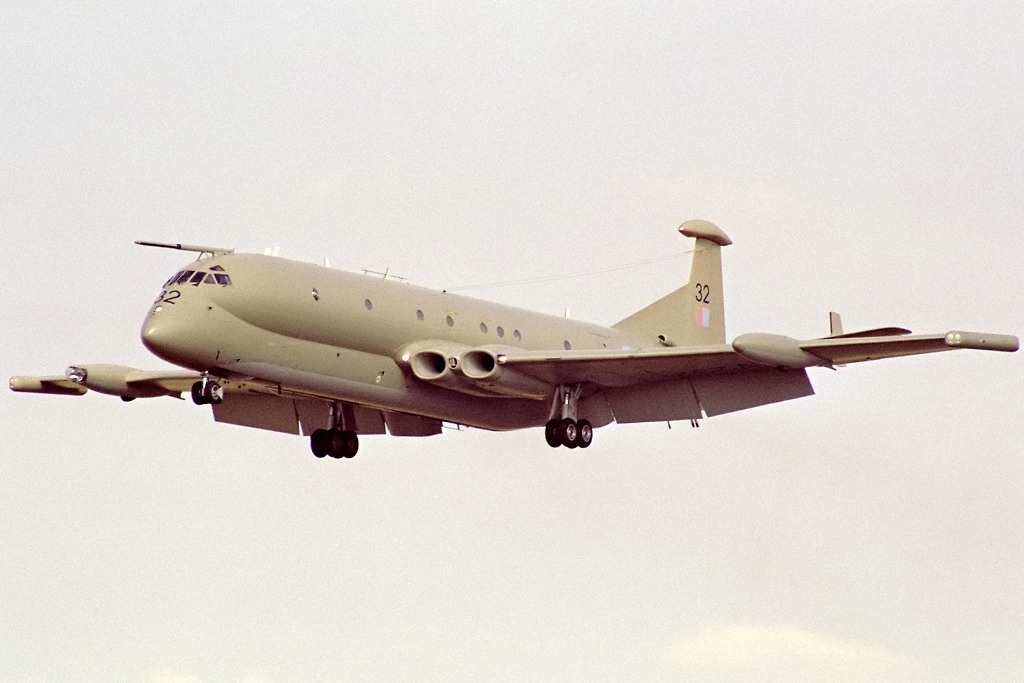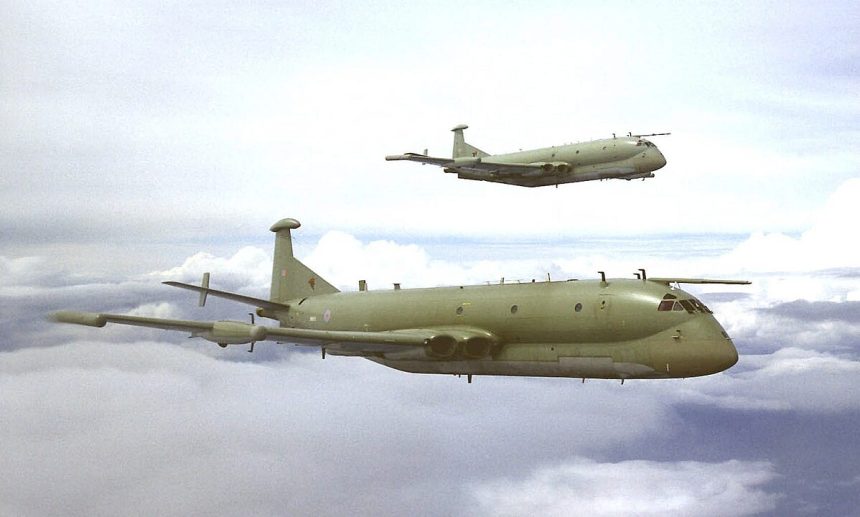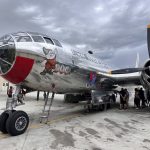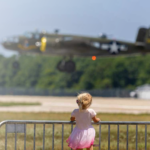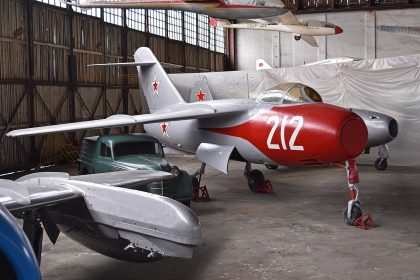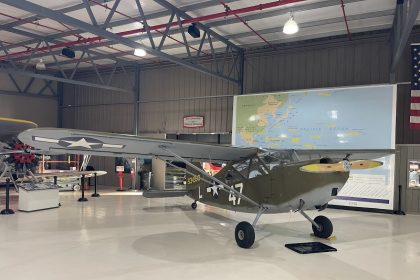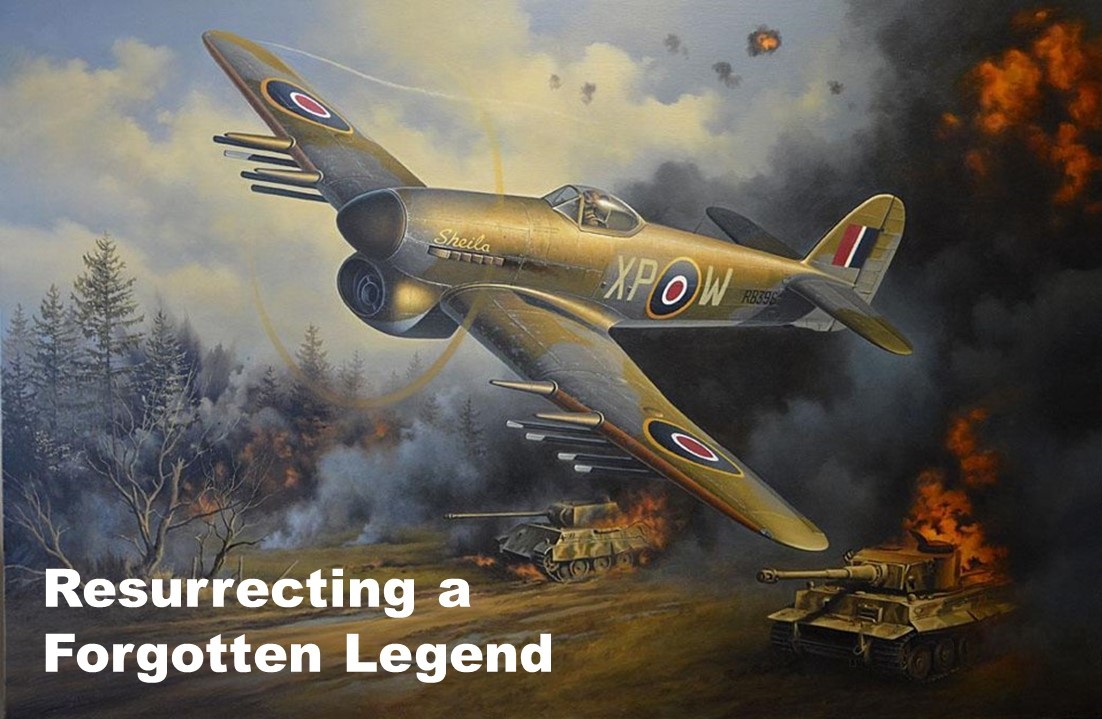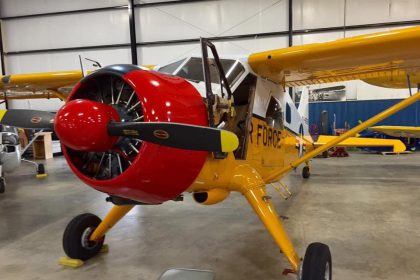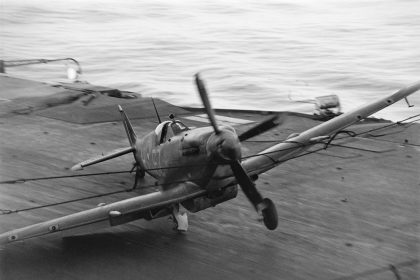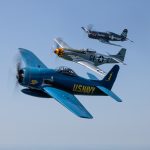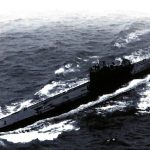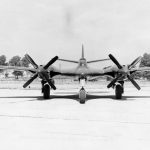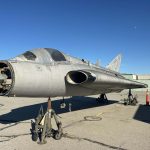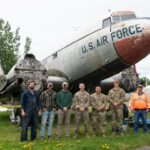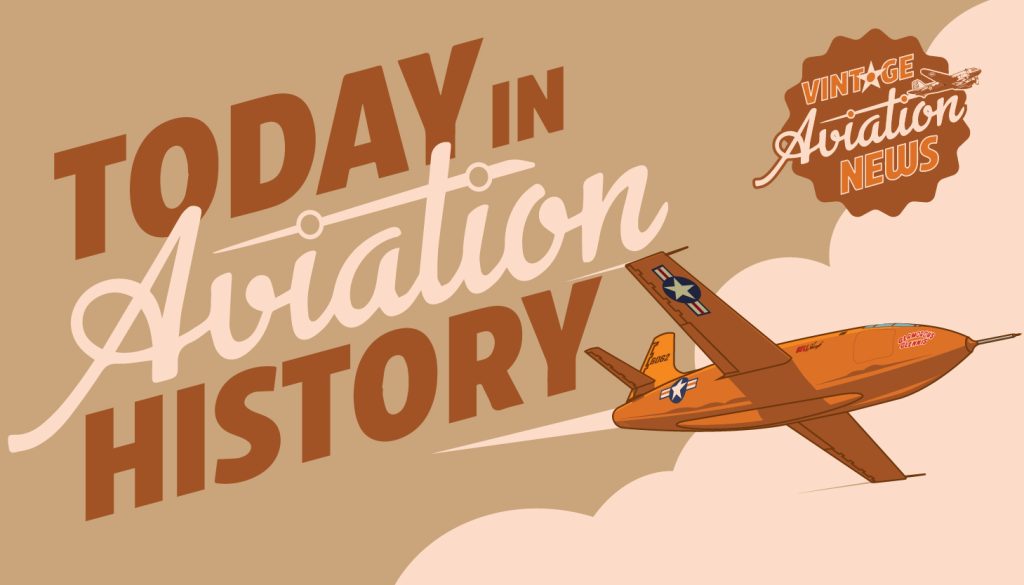
On this day in aviation history, May 23, 1967—58 years ago—the Hawker Siddeley Nimrod took to the skies for the first time. Developed by the British as a long-range maritime patrol aircraft, the Nimrod was based on the de Havilland Comet, the world’s first operational jet airliner. Despite the Comet’s early flaws, its design provided a solid foundation for what would become a highly capable Cold War asset.
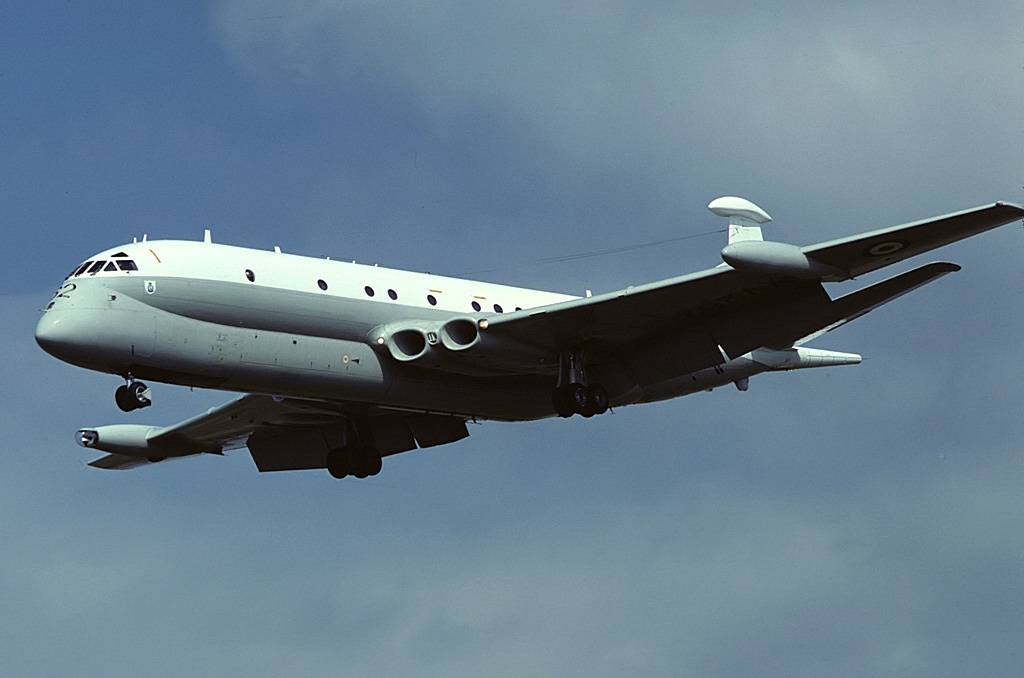
The Nimrod was developed in response to a Royal Air Force (RAF) requirement to replace the aging fleet of Avro Shackletons. While the Shackleton had proven effective in its role, it lacked the speed and sophistication needed to meet the demands of modern maritime warfare. The new aircraft needed to be faster, more versatile, and better equipped for anti-submarine operations—particularly critical during the heightened tensions of the Cold War.
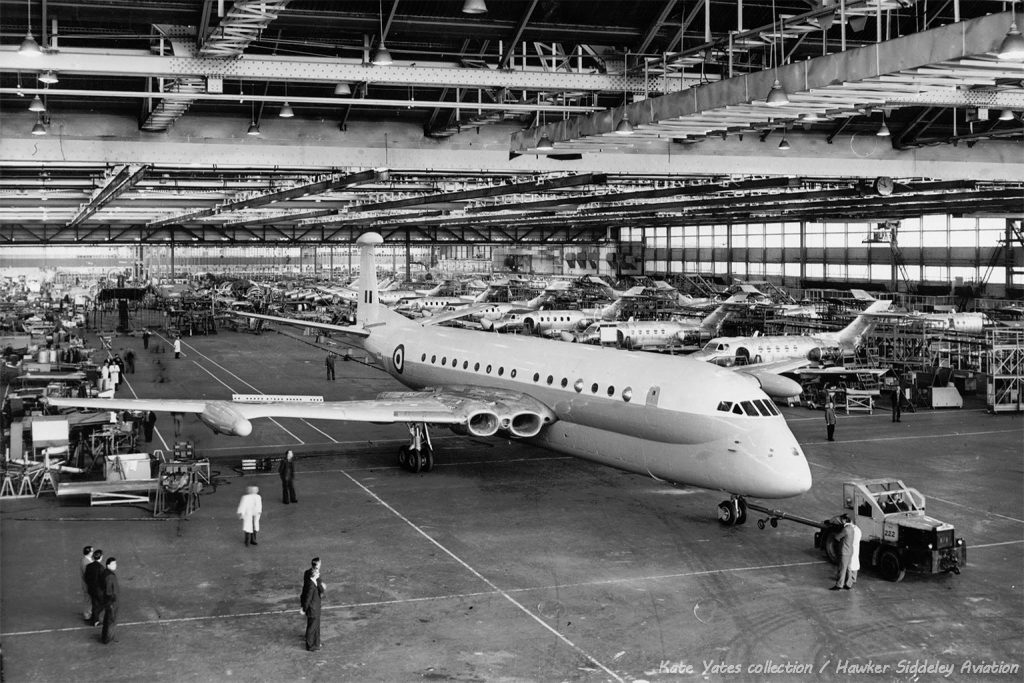
The first production models, designated Nimrod MR.1 and later MR.2, entered service in 1969. Their primary mission was anti-submarine warfare (ASW), but they also conducted anti-surface and maritime reconnaissance missions. A specialized variant, the Nimrod R.1, was developed for electronic intelligence (ELINT) gathering, enhancing the RAF’s surveillance capabilities.
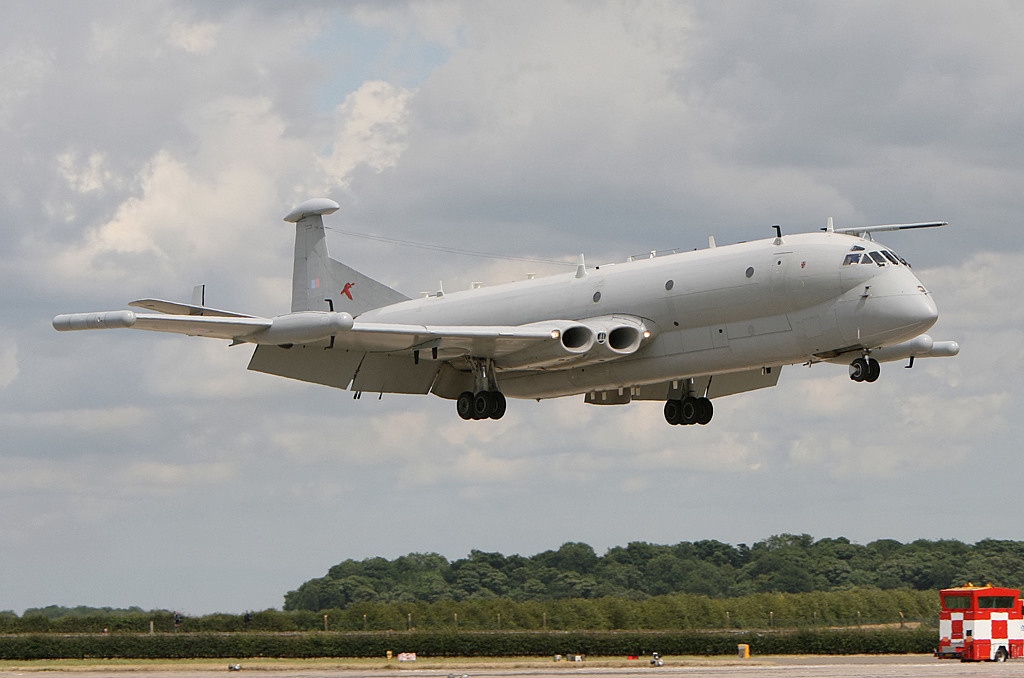
The Nimrod MR.2 carried a crew of 13 and was powered by four Rolls-Royce Spey turbofan engines, each producing 12,160 pounds of thrust. It could cruise at 490 mph and reach a top speed of 580 mph—significantly faster than the Shackleton it replaced. The aircraft had an impressive range of 5,180 to 5,755 nautical miles and a service ceiling of nearly 44,000 feet.
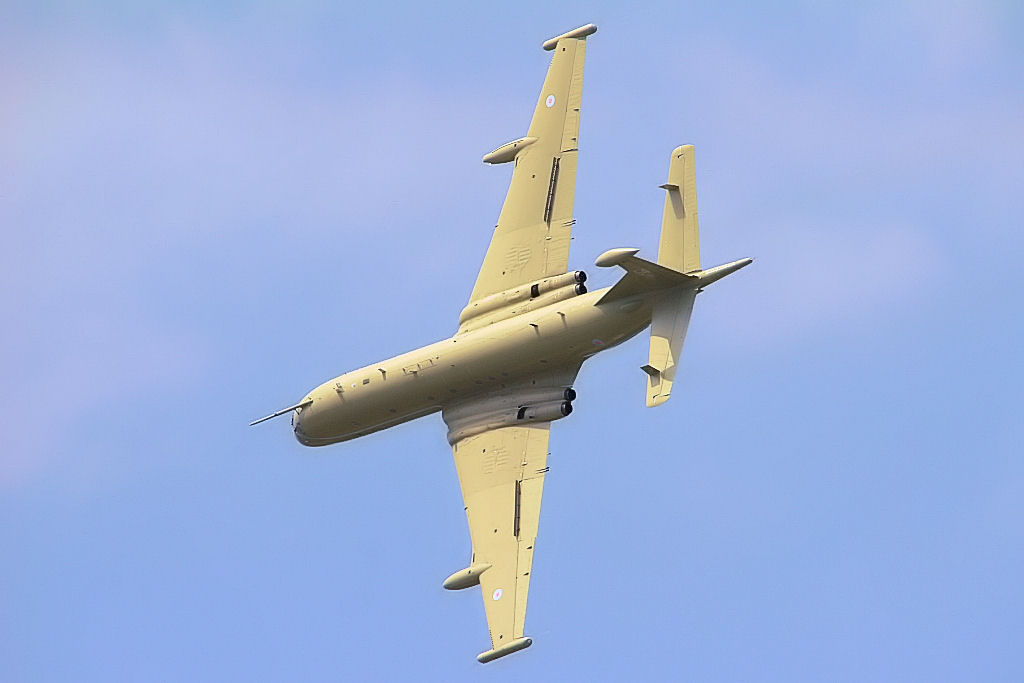
Armed for its mission, the Nimrod featured two underwing pylon stations and an internal weapons bay capable of carrying up to 20,000 pounds of payload. Its arsenal included air-to-air and air-to-surface missiles, depth charges, torpedoes, naval mines, and sonar buoys, making it a formidable platform for maritime defense. In total, 49 production Nimrods were built, along with two prototypes. After more than four decades of service, the Nimrod was officially retired from the RAF in June 2011. Today, eight examples are preserved on public display, all located within the United Kingdom.
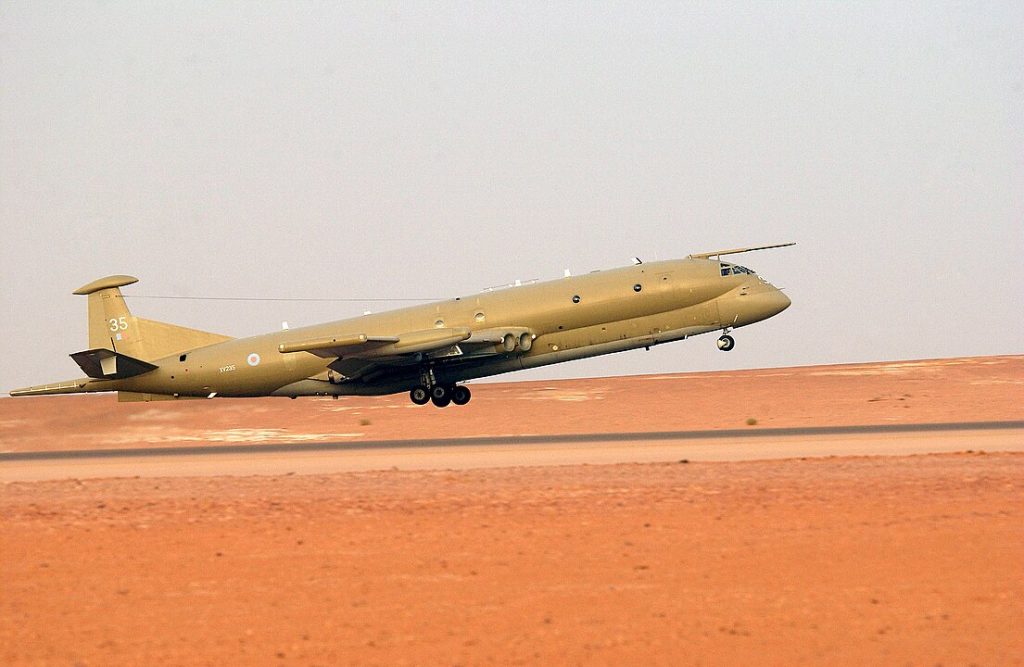
The Hawker Siddeley Nimrod played a vital role during the Cold War, standing as a testament to British ingenuity in adapting and improving existing technology. By building on the pioneering but troubled legacy of the de Havilland Comet, the Nimrod proved that with refinement and innovation, greatness can indeed emerge from early adversity.
